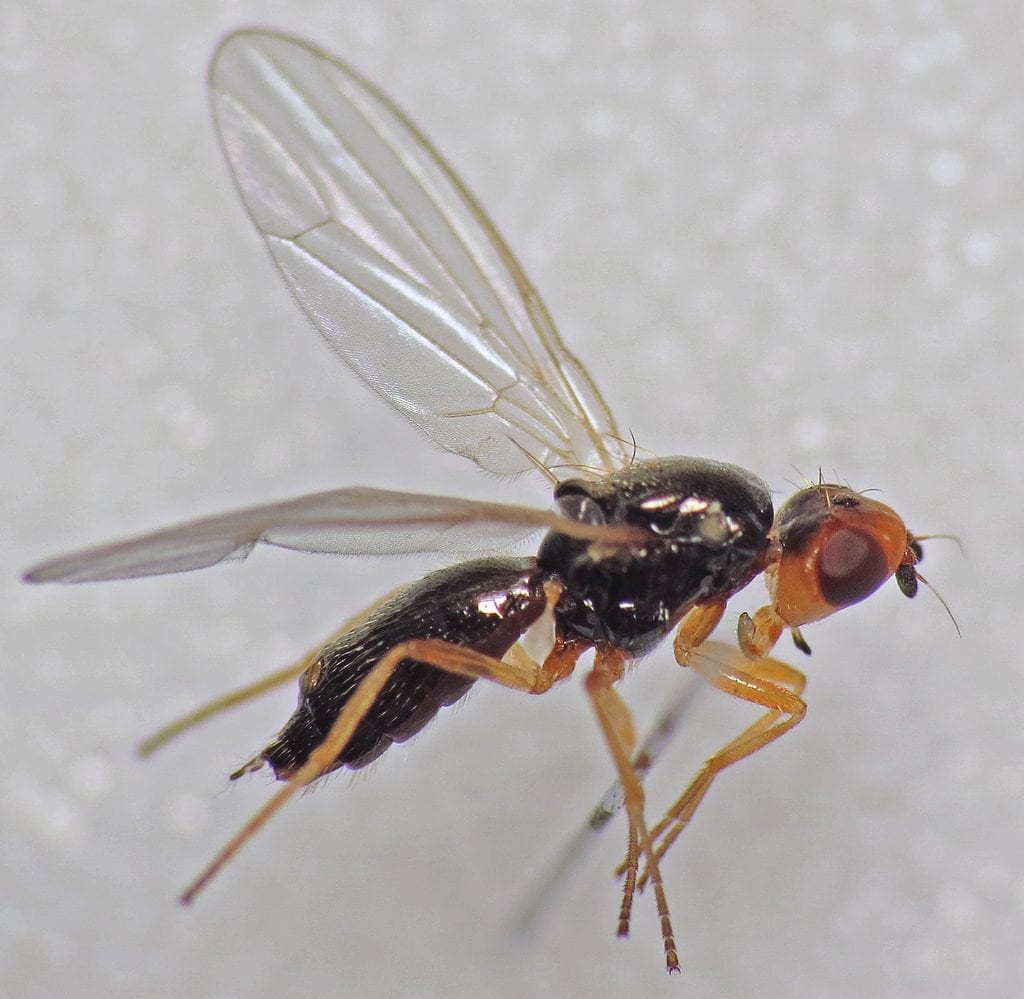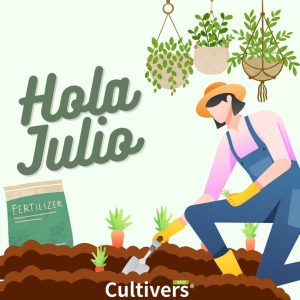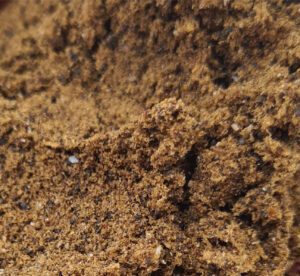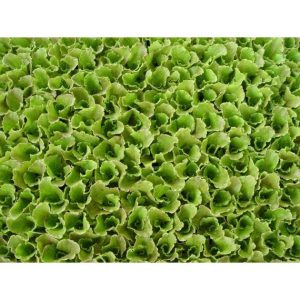In the Carrot Growing Guide we explained that the carrot is a species native to Central Asia and the Mediterranean. It has been cultivated and consumed since ancient times by Greeks and Romans. During the first years of its cultivation, carrot roots were purplish in color. The change of these to their current orange color is due to the selections that occurred in the mid 1700s in Holland, which provided a large amount of carotene, the pigment that causes the color and that have been the basis of the current plant material.
It is a biennial plant, during the first year a rosette of few leaves and the root is formed and after a period of rest, a short stem is presented in which the flowers are formed during the second growing season and that is where we collect the seeds.
Many people think that it is a simple crop and that you only have to put the seeds in the ground… But nothing of that, as you will see it is a crop that has its little things and that here we explain to you so that you can do it without any type of problems.
WHEN AND HOW TO SOW
As you will see in Carrot Growing Guide, planting carrots is not in itself complicated. However, it does entail prior work that is decisive. Carrot is a vegetable that requires a moderately acid soil, with a pH around 6. But this is not their only requirement as far as the substrate is concerned. We are talking about a demanding vegetable in terms of the nutrients of the soil in which it grows. As a root crop, it demands a good dose of phosphate and potassium in the soil in which it grows. For that reason, the ideal is to give it worm humus to grow with everything it needs.
In addition, we will have to provide a light substrate in which to grow. Carrot is a vegetable that is not recommended for clay soils. As they are heavier, they do not achieve the desired growth in either wingspan or shape. Therefore, before planting carrots, it is advisable to work the planting space. With the help of a hoe, we should ideally break up any hardness in the soil.

Before sowing I recommend you to soak the seeds. The ideal is to keep them in water for at least two hours. If we live in a dry climate, we can extend this task up to 24 hours before planting. It is also a good idea to mix them with sand when moistening them. In this way, when sown, they will have greater weight and more likely to germinate.
The best way to spread the seeds is broadcast. This sowing technique consists of throwing the seeds on the cultivation field, making sure that they are as evenly distributed as possible. When the new seedlings have a couple of leaves, it is time to thin out or, in other words, remove some of these new seedlings so that they have a good growing space between plants and do not get in each other’s way.
IRRIGATION
According to the Carrot Growing Guide, irrigation and humidity are important, that is to say, it is a plant that likes the soil not to dry out because that way we avoid the soil to squeeze the root that is the future carrot, but that does not mean that it likes waterlogging. It is necessary to look for the balance maintaining the humid soil but without flooding, so that it germinates well and its growth is the correct one.

HOW AND WHEN TO HARVEST
In the Carrot Growing Guide we show you that after sowing, planting and pampering our carrot crop, it is time to harvest the carrots. After about three months from planting, it was time to harvest them. As it is a root crop we do not always know when is the right time, but it is very simple, we will see as in the image that begin to peek a good part of the root and the color is the one we have selected, as there are carrots of different colors.
Once we have detected that the carrots are ready we go to the simplest, if the soil is loose, we only have to stretch the leaves carefully and our carrot will come out fully formed.

Regarding the size of the carrot, it is up to each one to choose the size he/she likes to consume, the bigger the more fibrous… Everyone chooses what and how to harvest.
COMMON DISEASES AND PESTS
I NSECTS.
- Carrot fly(Psylla rosae). The adults of these flies (about half a centimeter long, brown head and elongated, black abdomen) make their appearance in mid to late July and lay their eggs on the ground or other plants. Its larvae, almost one centimeter long, are bright yellowish white in color and cause damage by penetrating the root and creating galleries, especially on the outside, which will later cause rotting. This insect overwinters in the soil in the pupal stage and makes its appearance in spring.
- Aphids(Cavariella aegopodii, Aphis spp. and Myzus persicae). In addition to the damage caused by the pecking of the epidermis and, as a consequence, the strong curling of the leaves, which turn yellowish, there are other damages that can appear as a consequence of the viruses that can be transmitted by this insect.
- Gray maggots (genus Agrotis). They are caterpillars that devour their leaf mass during the night, remaining on the ground or under dry leaves during the day.
- Wireworms(Agriotes obscurus, Agriotes sputator and Agriotes lineatus). These cause damage to the carrot roots by means of galleries that often cause rotting.
- Nematode Heterodera carotae. Very important and widespread pest in temperate climates. Symptoms in attacked plants are very reduced foliage and reddish leaves. At the roots they reduce their size, fork and often cause a dark root hair.
- Nematode Meloidogine spp. It produces similar damage but is more typical of warm climates.

DISEASES.
- Downy mildew (Plasmopara nivea). It damages the leaf mass of the carrot to the point of weakening it and even killing it.
- Powdery mildew(Erysiphe umbelliferarum and Leveillula taurica). Their attacks are similar, characterized by the formation on the surface of the leaves of a type of white and dirty rot.
- Pitted or Cavity-spot(Pythium violae, Pythium sulcatum, Pythium intermedium and Pythium rostratum). Damage is caused on the root, with the appearance of small elliptical and translucent spots with delimited contours. These spots eventually lead to sagging and darkening of the skin in the affected areas.
- Leaf scorch(Alternaria dauci). It appears on leaves in humid and hot environments during summer and autumn. It initially appears on them in the form of small brownish spots haloed with yellow. If the attack is intense, it can completely desiccate the leaflets. The plant looks burned by the sun or by a bad phytosanitary treatment.

PRODUCTS WE RECOMMEND FOR THIS CROP


